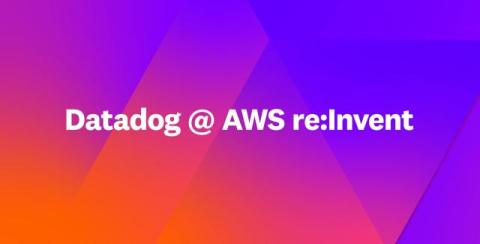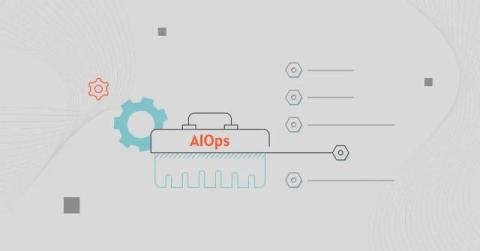The ultimate APM playbook: Master challenges and implement best practices
IT organizations are adopting advanced technologies to keep pace with emerging business opportunities and trends. These technologies complicate the infrastructure and make it difficult for administrators to understand the underlying operations and transactions. Many of them struggle to leverage APM efficiently due to challenges like partial visibility, alert noise, scalability, delays in escalations, and much more.











